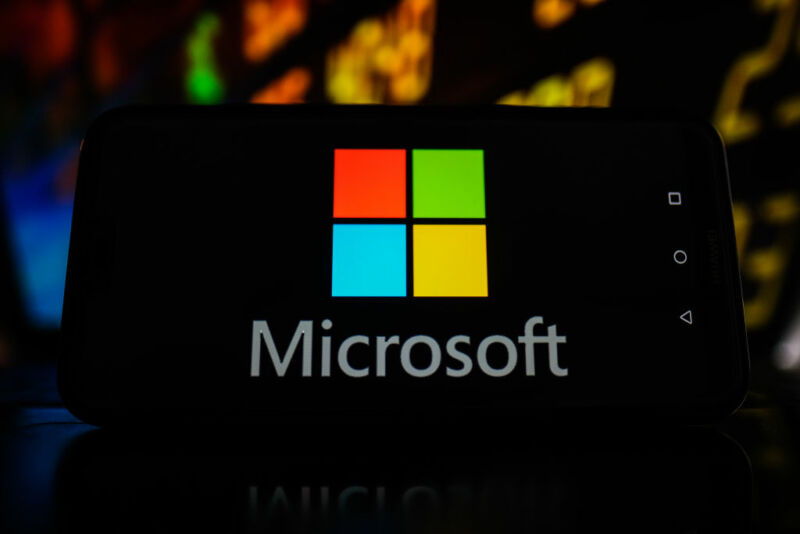MicrosoftThe company targetsThe New York Times》 filed a motion to dismiss in an attempt to dismiss key parts of the case. Previously, The New York Times sued Microsoft and its partner OpenAI for using its articles to train large language models (LLMs) without permission and accused them of copyright infringement.

In its filing, Microsoft accused the New York Times of spreading "doomsday rhetoric" and exaggerating the threat posed by AI technology to independent journalism, an assertion that echoes a similar motion filed by OpenAI in February that also sought to dismiss several key allegations in the case.
Like OpenAI, Microsoft accused The New York Times of "concocting unrealistic prompt words" in an attempt to trick the GPT-based language model into generating responses that matched its content.Microsoft also likened the New York Times lawsuit to Hollywood's attempt to block the VCR, a "breakthrough new technology.", Microsoft argued that the VCR did not destroy Hollywood but instead enabled it to flourish by opening up new revenue streams.
Microsoft believes that LLM is a breakthrough in the field of artificial intelligence, and the company is working with OpenAI to "bring this extraordinary power to the public."Because they "firmly believe that LLM can improve the way people live and work."
Microsoft is asking the court to dismiss three counts, including one alleging that it is liable for end-user copyright infringement caused by users’ use of GPT-based tools and another alleging that it violated the Digital Millennium Copyright Act. Microsoft also wants the court to dismiss the portion of the New York Times’s allegations that it misappropriated time-sensitive breaking news and consumer buying recommendations. For example, the New York Times argued in its lawsuit that if users asked ChatGPT to find articles from its own site, Wirecutter, it would lose revenue because potential buyers would no longer click on its recommended links. But Microsoft said that was “pure speculation about what the New York Times is worried might happen” and did not provide any real-world examples in its complaint.
Ian Crosby, the Times’s lead lawyer, countered that Microsoft “has not denied working with OpenAI to copy millions of Times pieces without permission to train its tools.” He said Microsoft’s analogy of LLM to a VCR was “puzzling” because VCR makers have never argued that they needed to commit large-scale copyright infringement to make their products.
In addition to the New York Times lawsuit, OpenAI and Microsoft are facing other lawsuits related to content used to train LLM, with many writers accusing the companies of stealing their work for AI training.